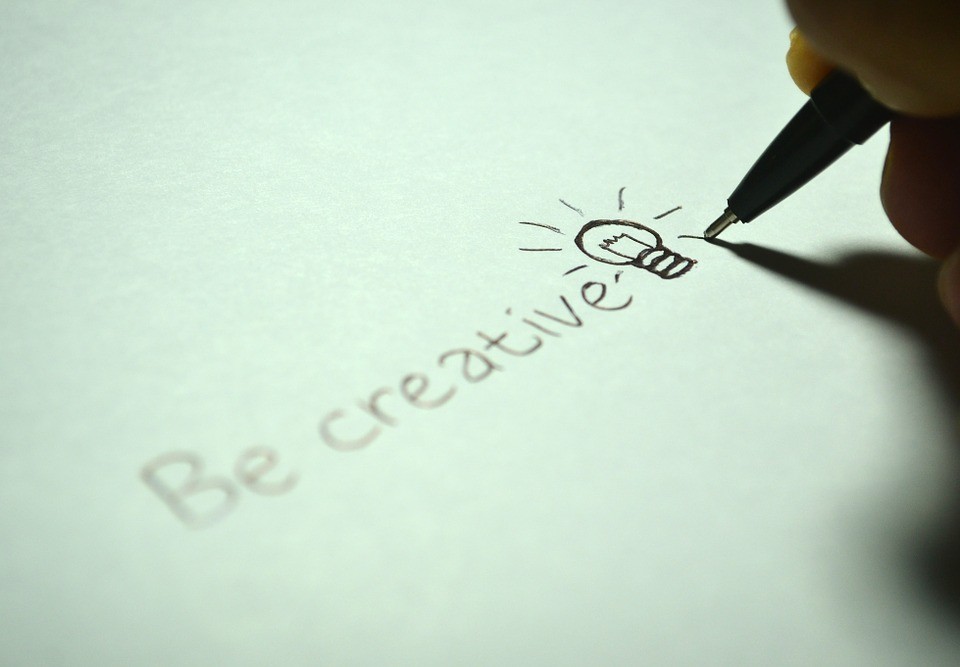The great American filmmaker Cecil B. DeMille said, “Creativity is a drug I cannot live without.”
As I’ve said in the past, I always try to start each day with a healthy dose of vitamin C – Creativity. I believe that creative ideas and actions are what make life interesting.
More important than drugs and vitamins is having a thick skin and being unfazed by criticism. Even the most unstoppable ideas in history have been criticized. Here are some of the more memorable ones.
“Mr. Bell, please remove that silly toy from my office. There is no room in the market for a telephone.”
“Watches with no hands? You’re crazy.”
“You can’t put a crocodile on a shirt to replace the pocket. Nobody will buy them.”
“You want to sell me a chicken recipe? You’ll never get this idea off the ground, Colonel Sanders.”
“I’m sorry, but your ‘Gone with the Wind’ manuscript will have little public appeal.”
“How dumb do you think I am – You can’t put music on a roll of tape.”
The history books are full of people who realized creativity begins with destroying perceived limitations and proving the skeptics wrong.
Advertising genius Alex Osborn integrated creativity with everything he did – every day. Considered the “father of brainstorming”—a term he helped coin in 1939 – Osborn devoted his life to promoting and teaching creative thinking. The fiercest enemy of creativity, he believed, was criticism: “Creativity is so delicate a flower that praise tends to make it bloom, while discouragement often nips it in the bud. Any of us will put out more and better ideas if our efforts are appreciated.”
Creativity doesn’t run in a straight line. It can run into roadblocks. They’re not always obvious. You may have to go around them or over them, or tunnel beneath them. But first you have to recognize them. Among the obstacles you need to steer clear of:
- Excessive rationality. The creative process doesn’t always follow logical rules. It often involves looking for connections among unrelated (and sometimes contradictory) objects, goals, processes or ideas. Excuse yourself of the need to make sense all the time and let your intuition guide you. When you stick to conventional techniques, you cannot expect unconventional results.
- Obsession with size. A Big Idea is sometimes the sum of a lot of smaller ideas. Facebook began with a few hundred students at Harvard. Now it dominates the Internet in most of the world. Don’t reject a concept or approach because it doesn’t feel like an instant home run. Giant leaps usually begin with baby steps.
- Need to be productive. You can’t always predict where an idea will lead, so don’t rule anything out even if it doesn’t seem immediately practical. You may be able to adapt it, or it may become useful in the future when your situation has changed.
- Fear of (fill in the blank). If you’re hesitant, ask what you’re afraid of. Failure? Success? Drawing attention to yourself? Criticism? Creativity always involves an element of risk. You may not be able to make it disappear, but your fear will lose much of its power if you confront it directly.
One of the most prolific periods of creativity in history occurred during the Renaissance from the 14th – 17th centuries in Europe. According to a Huffington Post article by Anurag Harsh, people realized that creativity wasn’t some divine gift, but instead a talent that could be cultivated.
Among his points, he said Renaissance thinkers were contrarian. They didn’t settle for the status quo, they challenged conventional wisdom and took new approaches to the world.
In addition, they were nonconformists. They wanted to revolutionize the culture in technology, the arts and philosophy. Harsh also contends they were curious and questioned everything. They dismissed the tried and true in favor of novel ideas.
Finally, he said that instead of limiting themselves to a single area of knowledge, they connected different ways of thinking that led to advances in science, art and many other areas.
Consider Leonardo da Vinci, the ultimate symbol of the Renaissance, who was interested in invention, painting, sculpting, architecture, science, music, mathematics,engineering, literature, anatomy, geology, astronomy, botany, writing, history and cartography.
You may never paint a Mona Lisa or draw the Vitruvian Man, but what inspiration his creativity offers! Start your day with a healthy dose of Vitamin C – Creativity – and watch what happens!
Mackay’s Moral: Creativity, not necessity, is the true mother of invention.

